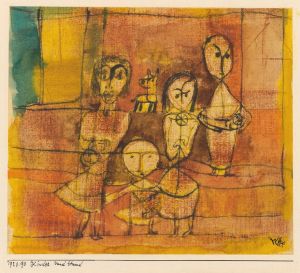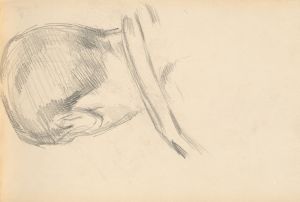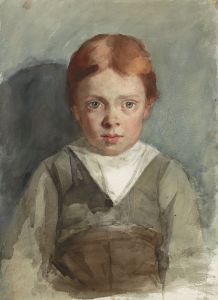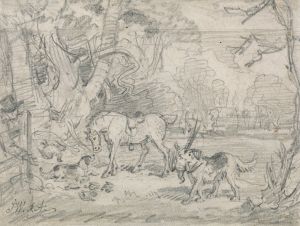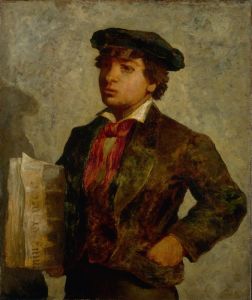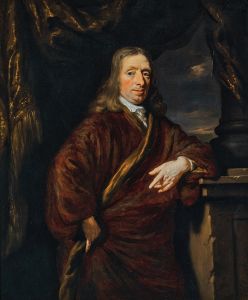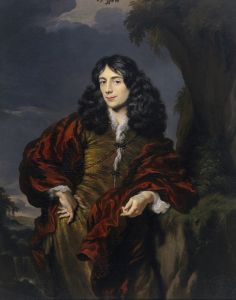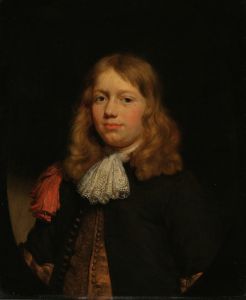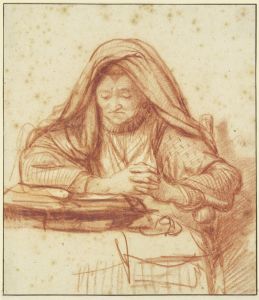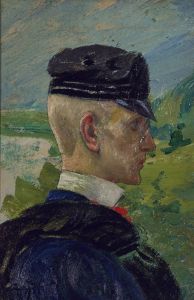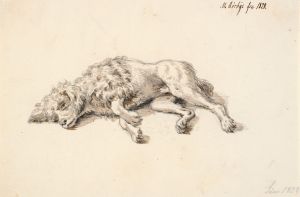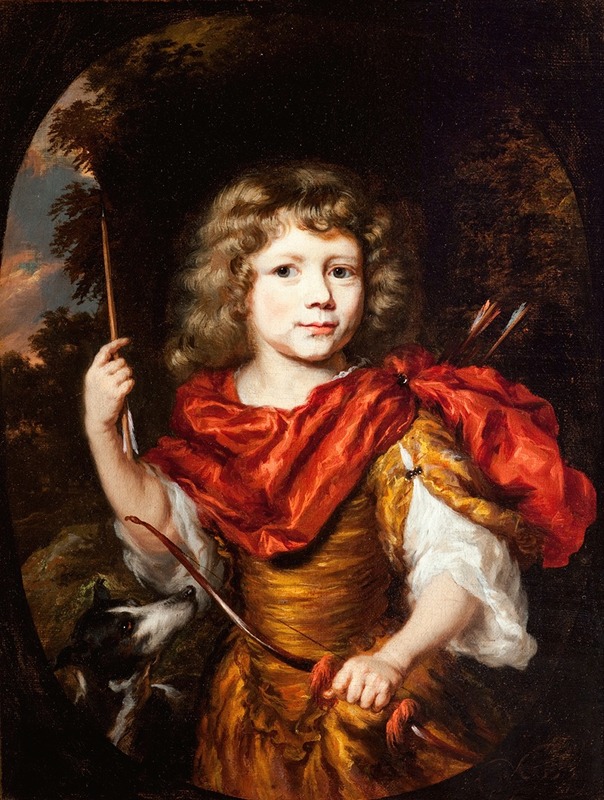
Portrait of a Boy with a Bow and a Dog
A hand-painted replica of Nicolaes Maes’s masterpiece Portrait of a Boy with a Bow and a Dog, meticulously crafted by professional artists to capture the true essence of the original. Each piece is created with museum-quality canvas and rare mineral pigments, carefully painted by experienced artists with delicate brushstrokes and rich, layered colors to perfectly recreate the texture of the original artwork. Unlike machine-printed reproductions, this hand-painted version brings the painting to life, infused with the artist’s emotions and skill in every stroke. Whether for personal collection or home decoration, it instantly elevates the artistic atmosphere of any space.
Nicolaes Maes, a notable Dutch painter of the 17th century, is renowned for his contributions to genre painting and portraiture during the Dutch Golden Age. Among his works is "Portrait of a Boy with a Bow and a Dog," a painting that exemplifies his skill in capturing the essence of his subjects with a blend of realism and subtle emotional depth.
Nicolaes Maes was born in 1634 in Dordrecht, Netherlands. He initially trained under Rembrandt van Rijn in Amsterdam, which significantly influenced his early style. Maes's work is characterized by his adept use of light and shadow, a technique he likely honed during his time with Rembrandt. Over his career, Maes transitioned from genre scenes to portraiture, where he found considerable success.
"Portrait of a Boy with a Bow and a Dog" is a testament to Maes's ability to convey character and narrative through portraiture. The painting features a young boy, poised with a bow, accompanied by a dog. The boy's expression and posture suggest a sense of youthful determination and playfulness, while the presence of the dog adds a layer of companionship and loyalty. The composition is carefully balanced, with the boy and the dog positioned to create a harmonious interaction between the two subjects.
Maes's use of color and light in this painting is particularly noteworthy. The warm tones and soft lighting create a serene and inviting atmosphere, drawing the viewer into the scene. The attention to detail in the boy's clothing and the dog's fur demonstrates Maes's meticulous approach to his work, capturing the textures and subtleties that bring the subjects to life.
The painting reflects the cultural context of the Dutch Golden Age, a period marked by prosperity and a flourishing of the arts. Portraits during this time often served as symbols of status and identity, capturing the likeness and character of the sitter while also reflecting broader societal values. In "Portrait of a Boy with a Bow and a Dog," Maes not only portrays the individual features of the boy but also conveys a sense of the era's appreciation for youth, innocence, and the bond between humans and animals.
While specific details about the commission or provenance of "Portrait of a Boy with a Bow and a Dog" are not extensively documented, it is consistent with Maes's body of work during his later years when he focused primarily on portraiture. His ability to capture the personality and spirit of his subjects made him a sought-after portraitist among the Dutch elite.
Nicolaes Maes's legacy as a painter is marked by his transition from genre scenes to portraiture, where he left a lasting impact on the art world. "Portrait of a Boy with a Bow and a Dog" remains a fine example of his portraiture, showcasing his technical skill and his ability to imbue his subjects with life and character. Through this painting, Maes continues to be celebrated for his contribution to the rich tapestry of Dutch art history.





